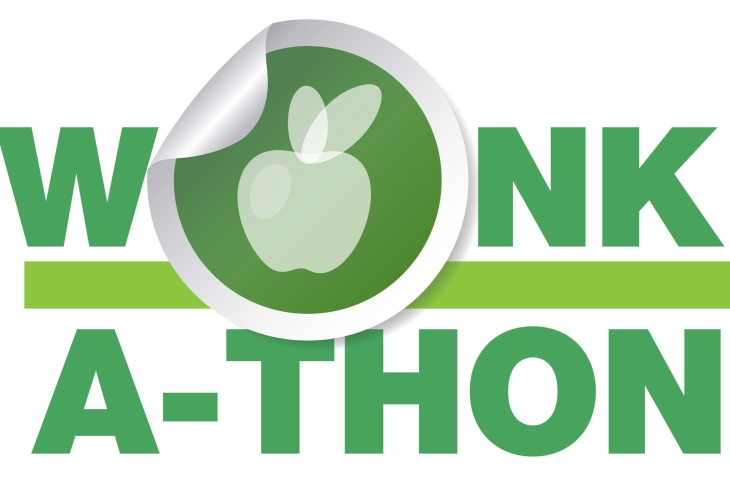Editor's note: This post is a submission to Fordham's 2017 Wonkathon. We asked assorted education policy experts to explain how President Trump should structure his highly anticipated $20 billion school choice proposal. Other entries can be found here.
Enacting a federal tax credit as part of tax reform to allow individuals and corporations to donate to scholarship programs would give parents in all fifty states the immediate potential to access a better K–12 option for their child.
Scholarship tax credits build on an idea that’s already working. The first tax credit scholarship program was enacted in Arizona in 1997, and today twenty-one tax credit programs in seventeen states are making scholarships possible for 250,000 children. Most of these children come from neighborhoods where students are often assigned to schools that don’t work for them; scholarships are empowering their parents to choose schools that are a better fit.
Additionally, there are a number of organizations already offering scholarships with private dollars that are in a position to scale up and help more families. (Children’s Scholarship Fund (CSF) partners with organizations offering scholarships in twenty-three cities and areas nationwide, but there are many more scholarship programs operating in states with and without tax credit programs.) These scholarship organizations have decades of expertise in working with families and schools to administer tuition assistance, and could help start new organizations in areas where none currently exist.
While a tax credit doesn’t solve every challenge in contemporary education, it’s one part of the solution with immediate results. It also wouldn’t take any funds away from traditional public school budgets because the scholarships would all be funded with private dollars. In fact, a tax credit would actually increase financial resources committed to education by drawing new private dollars into the mix.
Studies have shown the benefits scholarships have when a family is able to move their child to a school that works for them. For example, in New York City, 95 percent of CSF alumni graduate from high school on time. They enroll in college at a rate much higher than students from similar socio-economic backgrounds and have also proven to be less likely to drop out of college.
At a recent CSF event, former scholarship recipient Sharonee Vaca, now a sophomore at Cornell University, noted, “Scholarships are the golden ticket for many families. Personally, the reason I am here now is because of scholarships, and I will eternally be grateful for that. Thank you for opening the doors to an education that gave me the chance to chase my dreams.”
All children deserve the chance that Sharonee now has to chase her dreams, but each child may get to his or her dream in a different way. We have learned through our interactions with families over the years that one size truly does not fit all when it comes to how a child learns, and a growing number of parents are searching for better options. To meet this demand, we need a diversity of learning options and we need to give parents the information and ability to make the best choice.
Design is important, and tax credit scholarship amounts should be large enough to make it possible to potentially open new schools. The idea would not be to simply fill empty seats at existing private schools or “save” private schools with low enrollments.
Also important would be to resist imposing new regulations on private schools that accept children using tax credit scholarships, or limiting parents’ choices to private schools that meet a narrow set of requirements decided by government. Parents are the first educators of their children and we should respect them enough to leave the decision about where and how their children are educated up to them. Of course, families should have access to good information about schools (which may require some increased transparency on the part of private schools), but ultimately we should trust that they know what is best for their own children. Let schools be accountable first and foremost to the families they serve, who can vote with their feet if they find that a school is not meeting their needs.
The vast majority of children attend public schools and tax credits won’t change that, nor is that the intent. Out of 50 million school-age children, the current 250,000 tax credit scholarships are a tiny drop in the bucket, and even if that number increased tenfold, it wouldn’t be large by comparison. But still, it could make a huge difference in the life of a child who will do better in a different learning environment and needs a scholarship to make that happen.
Darla M. Romfo is the president of the Children’s Scholarship Fund.
The views expressed herein represent the opinions of the author and not necessarily the Thomas B. Fordham Institute.
